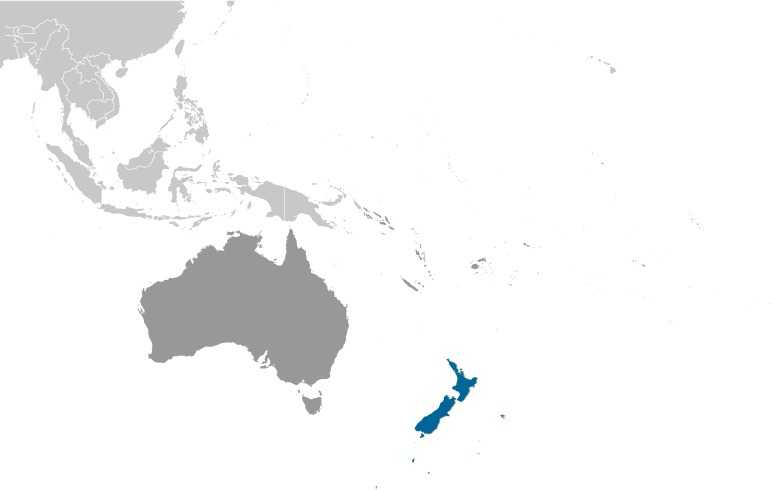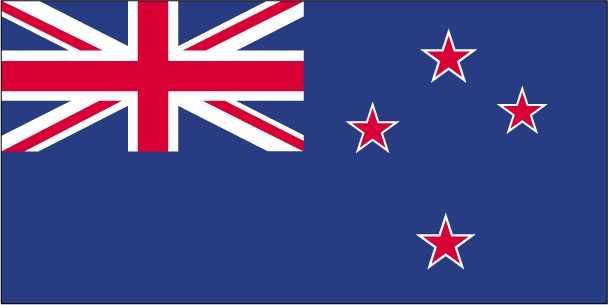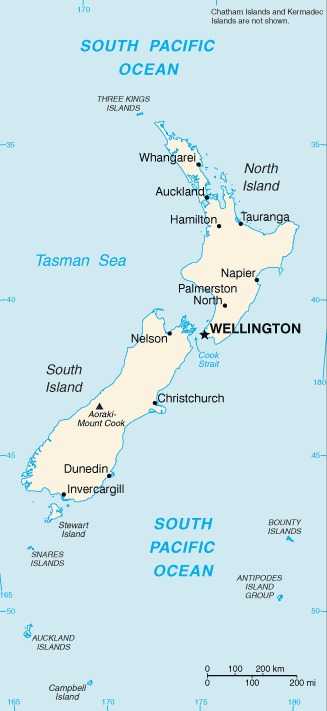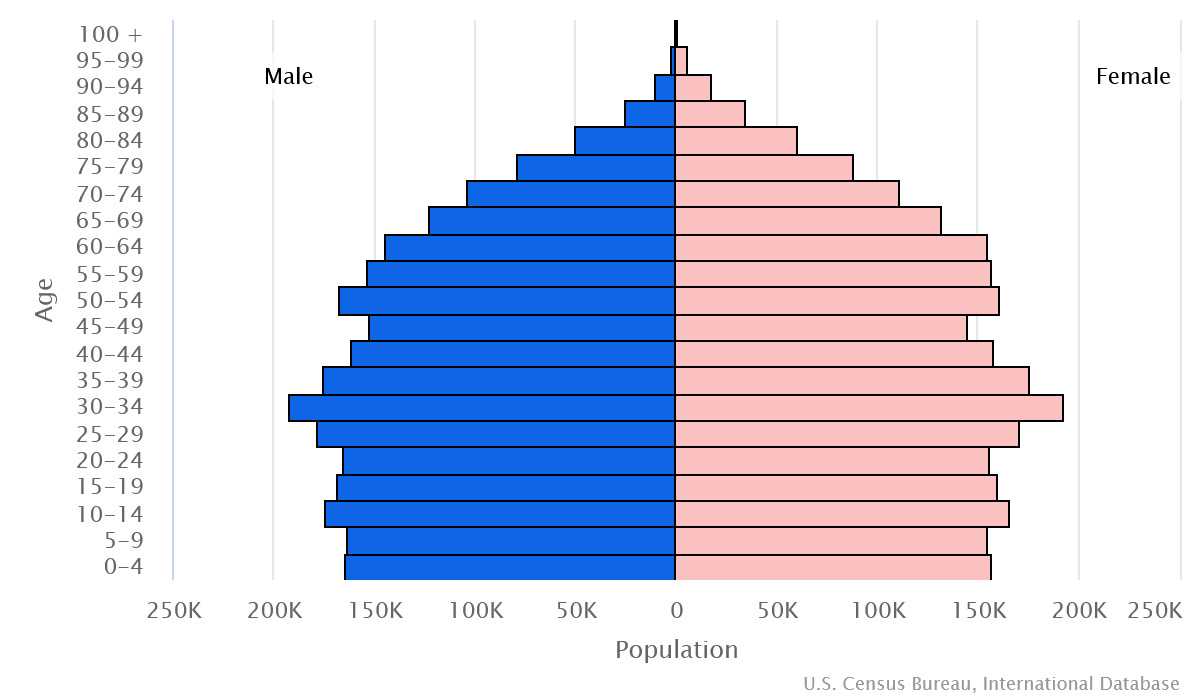Introduction
Background
The Polynesian Maori reached New Zealand in the late 1200s. In 1840, their chieftains signed the Treaty of Waitangi with Great Britain, ceding sovereignty while retaining territorial rights. The British colony of New Zealand became an independent dominion in 1907.
Geography
Area
total : 268,838 sq km
land: 264,537 sq km
water: 4,301 sq km
Climate
temperate with sharp regional contrasts
Natural resources
natural gas, iron ore, sand, coal, timber, hydropower, gold, limestone
People and Society
Population
total: 5,161,211
Ethnic groups
European 64.1%, Maori 16.5%, Chinese 4.9%, Indian 4.7%, Samoan 3.9%, Tongan 1.8%, Cook Islands Maori 1.7%, English 1.5%, Filipino 1.5%, New Zealander 1%, other 13.7% (2018 est.)
Languages
English (de facto official) 95.4%, Maori (de jure official) 4%, Samoan 2.2%, Northern Chinese 2%, Hindi 1.5%, French 1.2%, Yue 1.1%, New Zealand Sign Language (de jure official) 0.5%, other or not stated 17.2% (2018 est.)
Religions
Christian 37.3% (Catholic 10.1%, Anglican 6.8%, Presbyterian and Congregational 5.2%, Pentecostal 1.8%, Methodist 1.6%, Church of Jesus Christ 1.2%, other 10.7%), Hindu 2.7%, Maori 1.3%, Muslim, 1.3%, Buddhist 1.1%, other religion 1.6% (includes Judaism, Spiritualism and New Age religions, Baha'i, Asian religions other than Buddhism), no religion 48.6%, objected to answering 6.7% (2018 est.)
Population growth rate
0.95% (2024 est.)
Government
Government type
parliamentary democracy under a constitutional monarchy; a Commonwealth realm
Capital
name: Wellington
Executive branch
chief of state: King CHARLES III (since 8 September 2022); represented by Governor-General Dame Cindy KIRO (since 21 October 2021)
head of government: Prime Minister Christopher LUXON (since 27 November 2023)
Legislative branch
description: unicameral House of Representatives - commonly called Parliament (121 seats for 2023-26 term); 72 members directly elected in 65 single-seat constituencies and 7 Maori constituencies by simple majority vote and 49 directly elected by closed party-list proportional representation vote; members serve 3-year terms)
Economy
Economic overview
high-income, globally integrated Pacific island economy; strong agriculture, manufacturing, and tourism sectors; reliant on Chinese market for exports; slow recovery from post-COVID recession and inflation; challenges of fiscal deficits, below-average productivity, and curbing greenhouse gas emissions
Real GDP (purchasing power parity)
$254.77 billion (2023 est.)
$253.17 billion (2022 est.)
$246.334 billion (2021 est.)
Real GDP per capita
$48,800 (2023 est.)
$49,500 (2022 est.)
$48,200 (2021 est.)
Agricultural products
milk, beef, kiwifruit, apples, grapes, lamb/mutton, potatoes, wheat, barley, onions (2022)
Industries
agriculture, forestry, fishing, logs and wood articles, manufacturing, mining, construction, financial services, real estate services, tourism
Exports
$59.043 billion (2023 est.)
$57.485 billion (2022 est.)
$54.923 billion (2021 est.)
Exports - partners
China 28%, Australia 11%, US 11%, Japan 6%, South Korea 4% (2022)
Exports - commodities
milk, beef, wood, sheep and goat meat, butter (2022)
Imports
$68.429 billion (2023 est.)
$71.35 billion (2022 est.)
$62.984 billion (2021 est.)
Imports - partners
China 21%, Australia 14%, US 8%, South Korea 7%, Singapore 6% (2022)
Imports - commodities
refined petroleum, cars, plastic products, garments, trucks (2022)
Exchange rates
New Zealand dollars (NZD) per US dollar -
Page last updated: Wednesday, July 24, 2024




